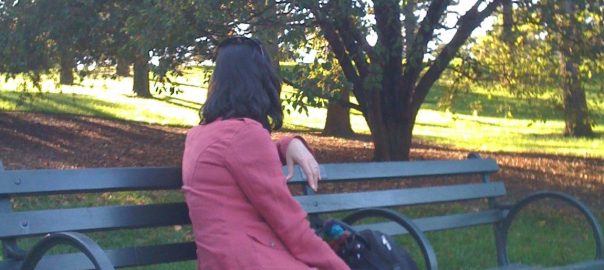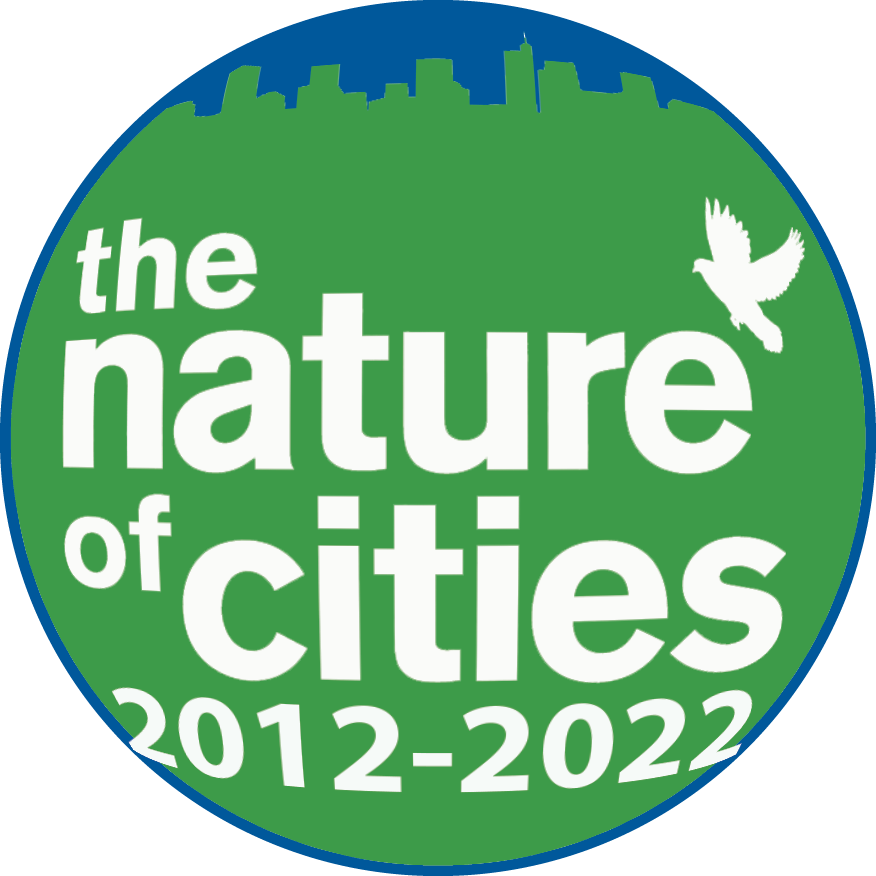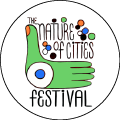17 July 2016
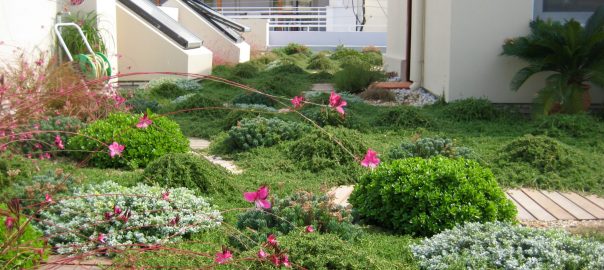
The urban heat island is a well-known phenomenon that affects all cities around the world. It is the difference in temperature between a city and the surrounding suburban area. In countries such as Greece, the peak summertime temperature difference between a city such as Athens and its periphery can be...
2 Comment(s)Join our Conversation
12 July 2016
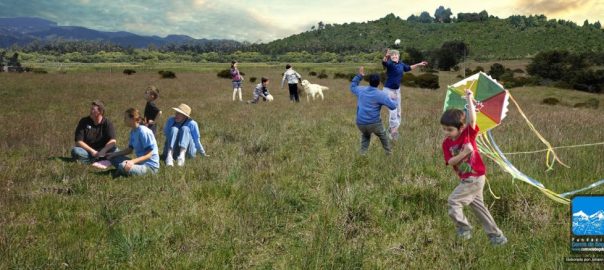
En español aquí. We often think of the city and the country as separate, and that development planning and urban sustainability ends at the city boundary. But this isn’t true—in a planning and sustainability sense, the city and the surrounding rural areas are deeply linked. With this in mind, I would...
43 Comment(s)Join our Conversation
10 July 2016
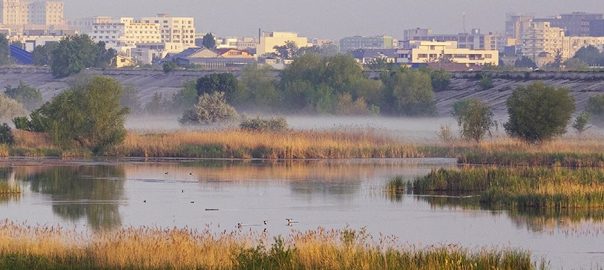
Our planet is at a crossroads. The ecosystems that underpin our economy, well-being, and survival are collapsing, species are becoming extinct at an unprecedented rate, and climate change continues unabated. In these times of change, nature-based solutions can offer a way of addressing growing challenges such as climate change (TNC,...
4 Comment(s)Join our Conversation
6 July 2016
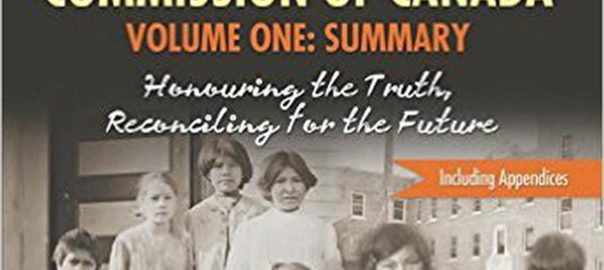
On 21 June 2016, I committed to reading the Truth and Reconciliation Commission (TRC) Report executive summary as part of a national (Canadian) collective challenge. What is the TRC report and what does it have to do with urban natures and sustainable cities? The Truth and Reconciliation Commission was established...
2 Comment(s)Join our Conversation
4 July 2016
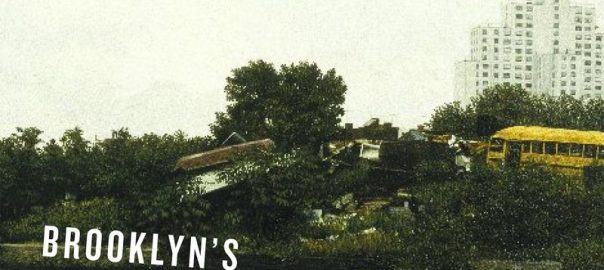
A review of Gowanus: Brooklyn’s Curious Canal. By Joseph Alexiou. 2015. ISBN: 9781479892945. NYU Press. 2015. 398 pp. Buy the book. Even a brief summer shower can cause fresh human waste to spill into the Gowanus Canal, as anyone who lives along one of America’s most polluted waterways can tell you from...
0 Comment(s)Join our Conversation
3 July 2016
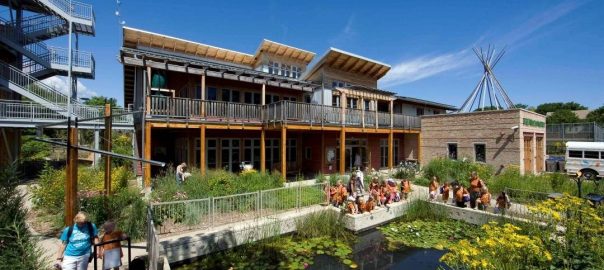
The term “sustainable city” evokes images of green roofs, energy-efficient buildings, bioswales, bike lanes, urban forests, and other types of green infrastructure. These urban features clearly have value for ecosystem and human health, but they also have great educational potential. Green infrastructure can help urban residents improve their understanding of...
0 Comment(s)Join our Conversation
30 June 2016

16 Comment(s)
Join our Conversation
30 June 2016
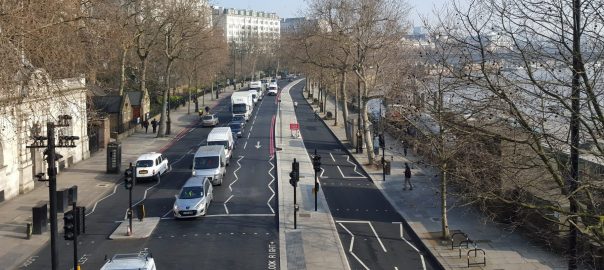
The case for cycling in cities could not be more obvious: it is an emission-free, noise-free, healthy, cheap, accessible mode of transport. However, there is a lot more to promoting and planning for cycling, particularly in terms of understanding the politics, identities, and cultures associated with it—not just at a...
0 Comment(s)Join our Conversation
28 June 2016
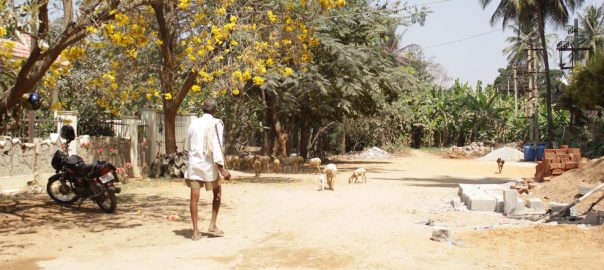
Cities are considered to be at the forefront of sustainability practices (Rosenzweig et al., 2010) aimed at addressing the impacts of global environmental change and socio-economic inequality. Recent developments in research on urban resilience promote ecological responses to climate change and other urban stressors (McPhearson et al., 2016; European Commission,...
0 Comment(s)Join our Conversation
26 June 2016
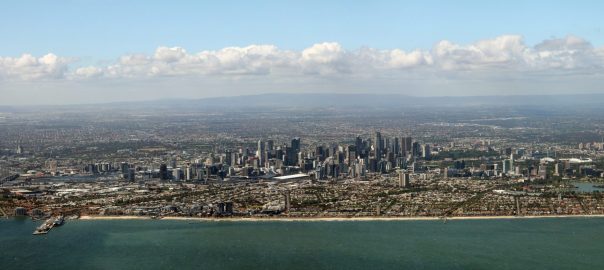
Our world is rapidly urbanizing at a rate that is unprecedented in the history of human kind. In 2014, the urban population reached nearly 4 billion people and it is predicted to gain an additional 2.5 billion people, most of whom will reside in African and Asian cities. Although the...
2 Comment(s)Join our Conversation
23 June 2016
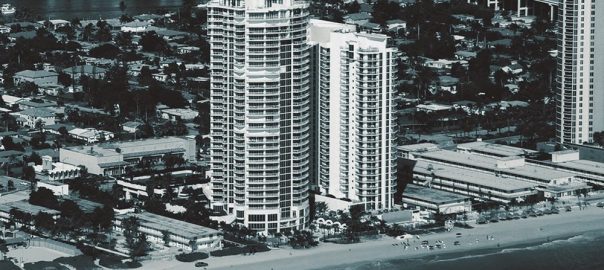
A review of A Sequel to Suburbia: Glimpses of America’s Post-Suburban Future. By Nicholas A. Phelps. 2015. ISBN: 9780262029834. MIT Press. 248 pages. Buy the book. James Joyce suggested that the creative work of an author—and I also include the work of an artist or landscape architect—presumes the intellectual level...
0 Comment(s)Join our Conversation
23 June 2016
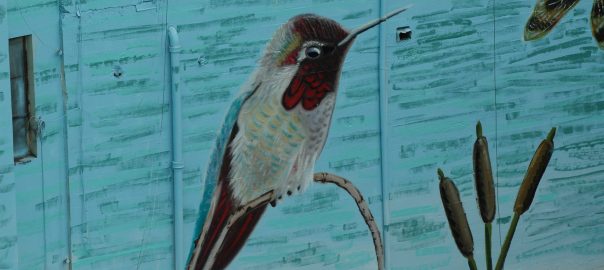
Recently, The Nature of Cities launched Up Against the Wall: A Gallery of Nature-Themed Graffiti and Street Art, soliciting graffiti and murals celebrating nature in the city. I submitted images of what I believe to be the largest hand-painted wall mural on a building in North America. I frequently lead...
2 Comment(s)Join our Conversation
22 June 2016
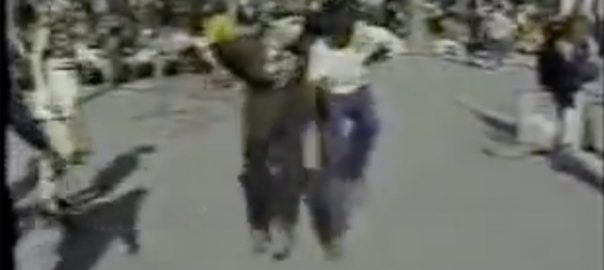
Also available at iTunes. Story Notes: Andy Hernandez walked into Washington Square Park on a sunny afternoon in 1981 with a cameraman, a boom box, and a mandate to make a music video for a medley of new songs by Kid Creole and the Coconuts, his downtown New York City band. With...
1 Comment(s)Join our Conversation
21 June 2016

A cuisine is a “culinary language” that communicates values and forms bonds between people just as effectively as words. This was one of the messages of Mr. Gastón Acurio Jaramillo, Peruvian chef and “ambassador of Peruvian cuisine”, in his keynote speech at the 4th World Congress of Biosphere Reserves in...
0 Comment(s)Join our Conversation
19 June 2016
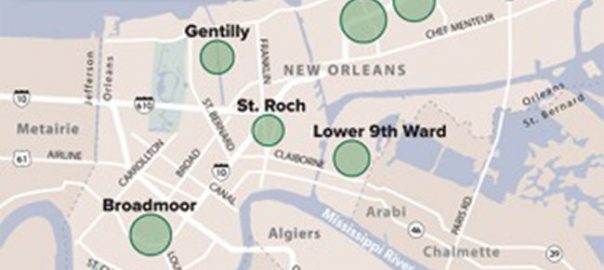
The Rockefeller Foundation announced its third and final set of its “Resilient Cities”, rounding out a group of 100 cities that have demonstrated success in and commitment to enhancing resilience to climate change and other natural or man-made disasters, among other urban challenges. These cities, along with hundreds of others...
0 Comment(s)Join our Conversation
16 June 2016
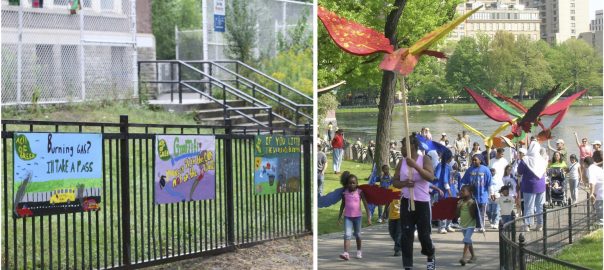
Cities around the world are using the arts to enhance urban aesthetic experiences and motivate innovative environmental activism. Manifesting as flash mobs, immersive street theatre, bike parades, pop-up installations, zero-carbon concerts, and participatory storytelling, artists are using their creativity and ingenuity to draw attention to and propose solutions for the...
0 Comment(s)Join our Conversation
14 June 2016
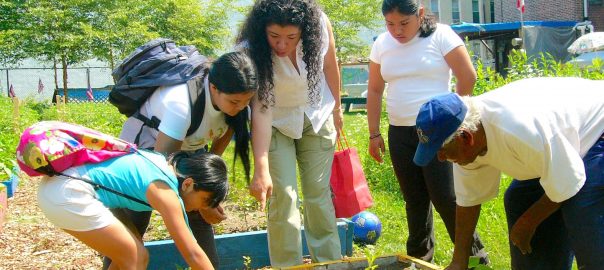
In 1977, the Tbilisi intergovernmental conference on environmental education endorsed a set of guiding principles for environmental education. Some principles, including considering the environment in its totality, viewing environmental learning as a continuous lifelong process, and taking a historical perspective into account, lend support for intergenerational approaches to environmental education....
1 Comment(s)Join our Conversation
12 June 2016
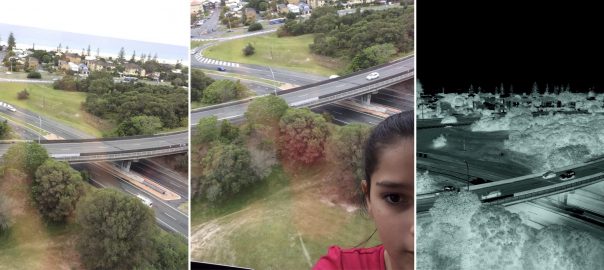
Environmental education is often associated with environmental learning and pro-environmental behaviors. Some approaches to environmental education, however, also enable young people’s personal growth through the development of confidence, self-efficacy, and other assets that support an individual’s well-being. This chapter explores the intersection of urban environmental education and positive youth development....
2 Comment(s)Join our Conversation
9 June 2016
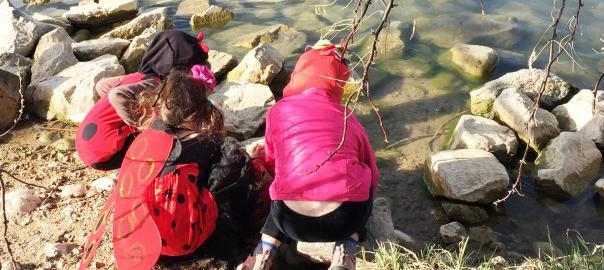
Early childhood—which is generally defined as ages three through eight—is a foundational period when children rapidly move through milestones in physical, cognitive, social, emotional and language development (McCartney and Phillips, 2006). Cities offer unique environments for learning because they present young children with high densities of people from different backgrounds...
2 Comment(s)Join our Conversation
7 June 2016
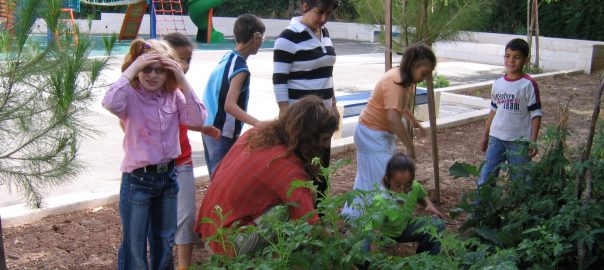
I find myself choosing the title for this contribution at a time of personal, public, and professional dilemma. Strangely, the dilemma stems from the need to vindicate the question itself. While it is perfectly acceptable to ask how green, how healthy, how prosperous or how popular a city is, the...
3 Comment(s)Join our Conversation

